Miami Lead Plant
Coral Bean
Yellow Milkwort
Sunshine Mimosa
American Sycamore
The American sycamore, Platanus occidentalis, is a beautiful tree that grows 100 – 170 feet tall with a diameter of 3-14 feet. Its bark is white at first but turns brown as it grows. As the tree ages, the scales fall away and reveal the whitish-green bark beneath. Its distinctive leaves and green globe-shaped fruit make it easy to recognize. Songbirds dine on the seeds.
Sycamore trees are native from southern Canada to northern Florida. However, the tree has been planted far south of its range in Florida. The tree pictured in these images is located at Lake Lily in Central Florida.
Sycamore trees are known for their hurricane resistance and the ability of their intertwining root system to stabilize erosion. This makes them perfect specimens to plant in parks near waterways. The trees also tolerate acidic soils and as a result, they have been planted at phosphate mining sites. Before planting this beautiful shade tree in your yard, consider the height as well as the debris from falling bark and fruit.
Photo credit: Dan Kon
Butterfly Pea
Spurred Butterfly Pea, Fabaceae (Leguminosae) is a native climbing or twining vine that grows up to 6 feet long. Look for this perennial in the wild throughout Florida in a variety of places including in sandhills, pinelands, and coastal plains.
Butterfly Pea is dormant in the winter and pinkish-purple flowers appear from spring through fall in most of Florida. In the southern counties, it blooms all year-round. Long-tailed skippers and northern cloudywings rely on the Butterfly pea for a host plant.
Butterfly Weed
Butterfly weed, Asclepias tuberosa, is also known as Butterfly milkweed. It is the most popular native species of milkweed in Florida. This hardy perennial grows 1-2 feet tall and is abundant throughout Florida. Its bright orange flowers bloom in late summer through fall and attract a variety of pollinators.
Butterfly weed is readily available at native plant nurseries. Once established, it thrives in dry, sandy soil in sun or part shade. Monarchs rely on milkweeds in the genus Asclepias for their survival since it is the only plant monarch caterpillars will eat. Plant some in your wildflower garden to attract butterflies, bees, and hummingbirds.
Pine Lily
The striking Pine Lily, Lilium catesbae, is a Long-lived perennial. Pollinators including Swallowtails are attracted to this native plant’s gorgeous flowers.
Pine Lillies grow in the wetlands of prairies, bogs, and pine savannas where they thrive in moist, sandy soils with partly shaded areas. They become dormant in the winter and flower throughout the summer. Sporadic blooms may occur in spring. The flower is the largest lily in the U.S.
The Pine Lily is designated as threatened due to habitat loss, conversion of their native habitats, and fire suppression. The restoration of Longleaf pine forests and regular prescribed burns will give these beauties the opportunity to multiply and continue to dazzle us with their beauty when we encounter them while hiking.
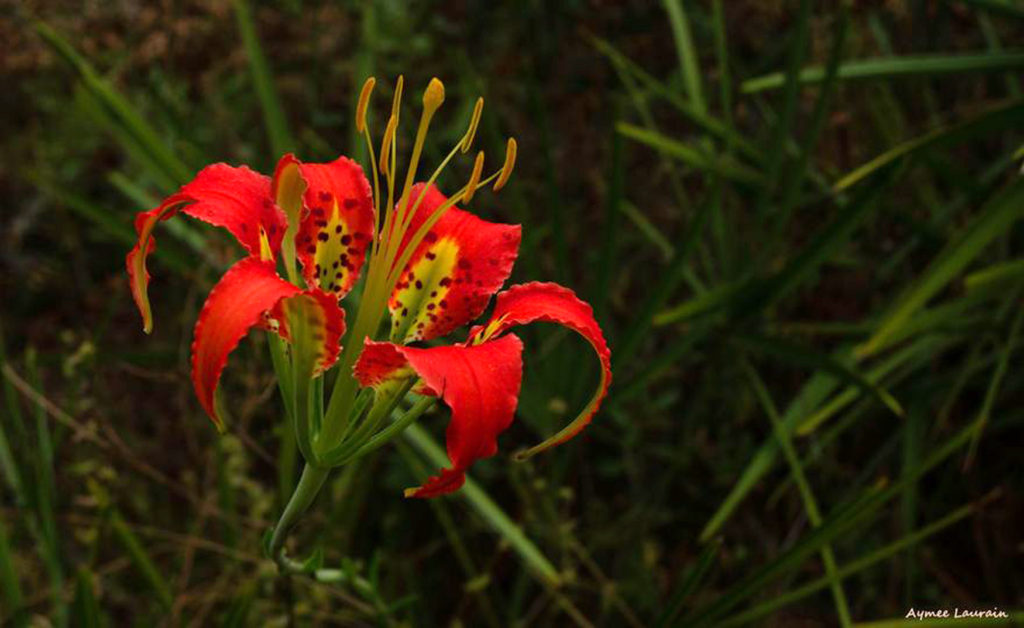
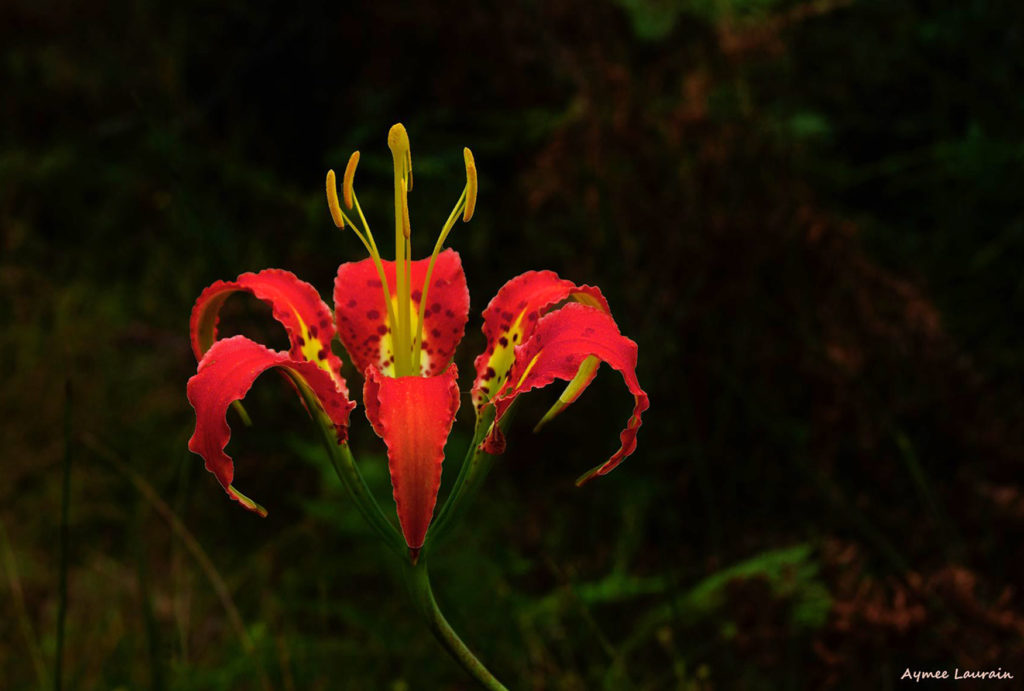
Creeping Indigo
Creeping Indigo Indigofera spicata
Creeping indigo is an invasive plant that originated in Africa. This plant is particularly concerning due to its toxicity. It is highly toxic to cows, horses, and donkeys. Symptoms include a wide range of abnormal behavior such as mouth ulcers, dehydration, heavy breathing, high temperatures, rapid heartbeat, foaming of the mouth, pale mucous membrane, light sensitivity, lethargy, odd gait, pressing their head into a corner, etc. Any abnormal behavior should be brought to the attention of a veterinarian.
This plant can spread rapidly and is difficult to remove due to its strong taproot. If you spot these popping up in your garden remove them before they become overwhelming.
Florida Jujube
The Florida Jujube (Ziziphus celata) is a shrub that can grow 6 feet tall. It is nearly extinct. This plant is endemic to central Florida. Jujube prefers to grow in open sunny areas prone to fire.
The Florida jujube once occupied sand scrubs as well as longleaf pine and wiregrass savannahs. Much of these areas have been lost to citrus orchards and residential development. Jujubes are drought and fire-tolerant. They can resprout vegetatively following a fire. Fire suppression has undoubtedly contributed to its rarity as broad-leafed trees shade them out.
The Florida Jujube has small, rounded leaves and orange fruits. The branches all have sharp, distinctive thorns. The fragrant blooms are pale yellow and are attractive to bees, butterflies, and birds. Jujube fruit is similar in taste and texture to an apple when ripe and similar to raisins when they dry. The bush-like tree is a heavy producer of fruit that ripens from December to March.
Sadly, this interesting native plant is listed as endangered by the U.S. and state of Florida. This status is due to habitat destruction of the remaining and rare scrub habitat it needs to thrive. Efforts are being made to protect Florida jujube and the rare scrub habitat it is found in. Because Extinct is Forever.
Manchineel
Manchineel (Hippomane mancinella) grows in the Florida Keys and Everglades. Every part of the manchineel tree is poisonous. A milky sap oozes from this tree and its leaves. The greenish-yellow apple-like fruit is poisonous. This tree is so toxic that if a leaf brushes across your face it can cause temporary or permanent blindness. To some this tree is fatal. It is classified by the Guinness World Book of Records as the most dangerous tree in the world. When a tree is located it is marked with a warning to keep people away from it.
The Manchineel can grow as high as 50 feet. It can be found along the coast in brackish water. This tree is endangered but grows in clusters when encountered.
Its roots prevent erosion and it serves as a natural windbreak.
The Manchineel does not depend on birds and animals to spread its seeds. It drops its fruit and nearby water carries the buoyant fruit until eventually the fruit rots and it spreads its seeds.
The Manchineel is sometimes known as the beach apple. Early Spanish explorers called it, la manzanilla de la muerte, which translates to “the little apple of death,” or as Arbol de la Muerte, “tree of death.” Legend says that the tip of the arrow that killed Ponce de Leon was dipped in the sap of the Manchineel. If you ever encounter this tree do not touch it or breathe near it. Quickly move away from it.
Photo credit: Beach apple picture UF IFAS Blogs
We believe this picture was taken with a long lens camera
Ghost Orchid
The Ghost Orchid (Dendrophylax lindenii,) is rare and endangered. There are only an estimated 2000 left in Florida. This orchid is prized for its long, white delicate petals. It is leafless and its roots attach to the host tree. The mass of green roots clings tightly to the trunks. It is distinguished from other species of orchid by the presence of thin white markings dotting its roots.
The Ghost Orchid gets its name from its ability to move at night. It appears as if it’s floating, like a ghost.
The Ghost Orchid is pollinated by the Giant Spinx Moth, whose long tongue can reach the nectar that is not accessible to many insects. The swamps of cypress, pond apple, and palm trees are its preferred environment. The orchid’s specific habitat requirements are high humidity, mild temperatures, and dappled shade.
The Ghost Orchid does not flower reliably. It will typically flower one to two weeks once a year. It requires a specific fungus (mycorrhizal) to be able to thrive. because it is leafless, the orchid relies on its roots to produce sugars from sunlight. The Ghost Orchid has a symbiotic relationship with the fungus as it gathers nutrients from it in exchange for extra sugars.
Habitat destruction and development, as well as over-collecting, have been responsible for the decline of ghost orchid populations. The Ghost Orchid is a protected species in public land areas.
With gratitude to Jay Staton for his patience and perseverance in capturing this rare sight.
JAY STATON -Published on Oct 20, 2014
“A ghost orchid’s flower takes, on average, 2 days to fully open. This short video shows the remarkable beauty of the most sought-after orchid in the world, including background sound that gets you in the mood.”

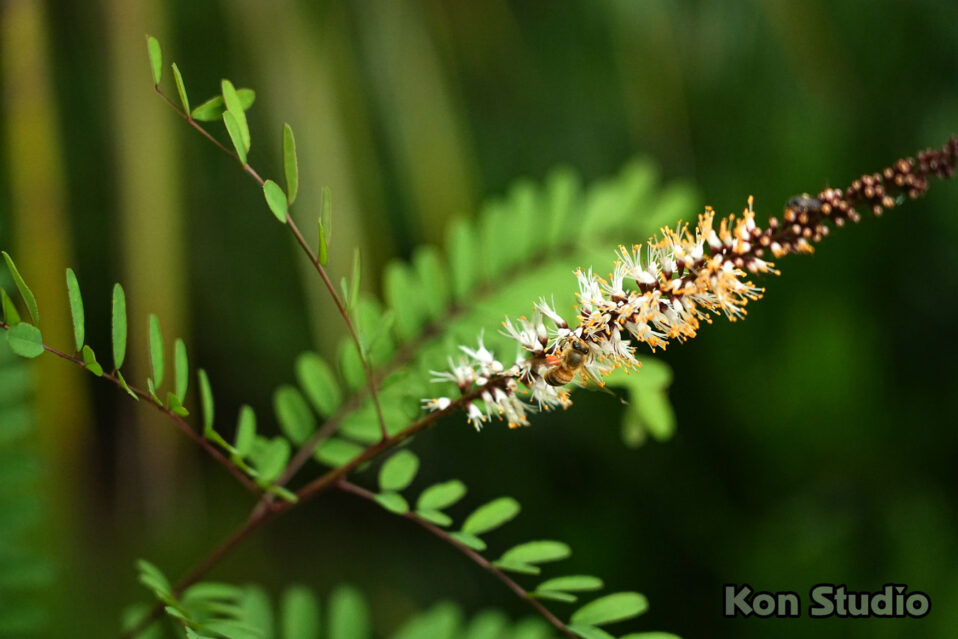
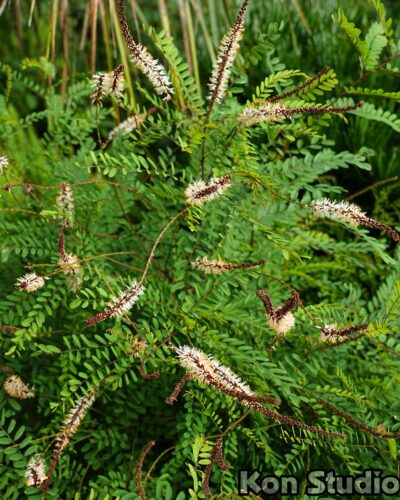
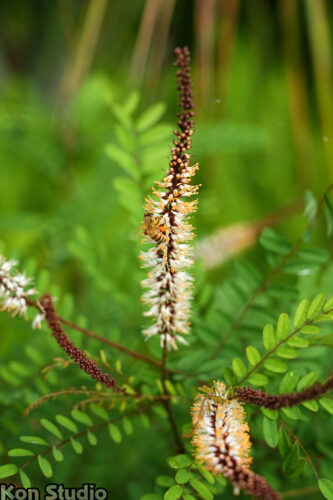
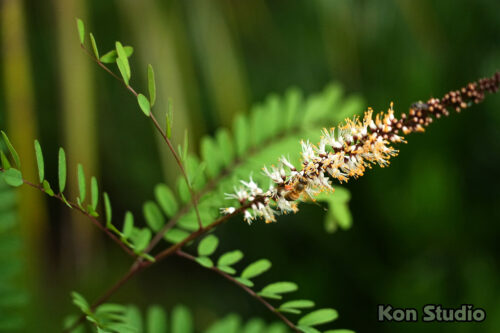
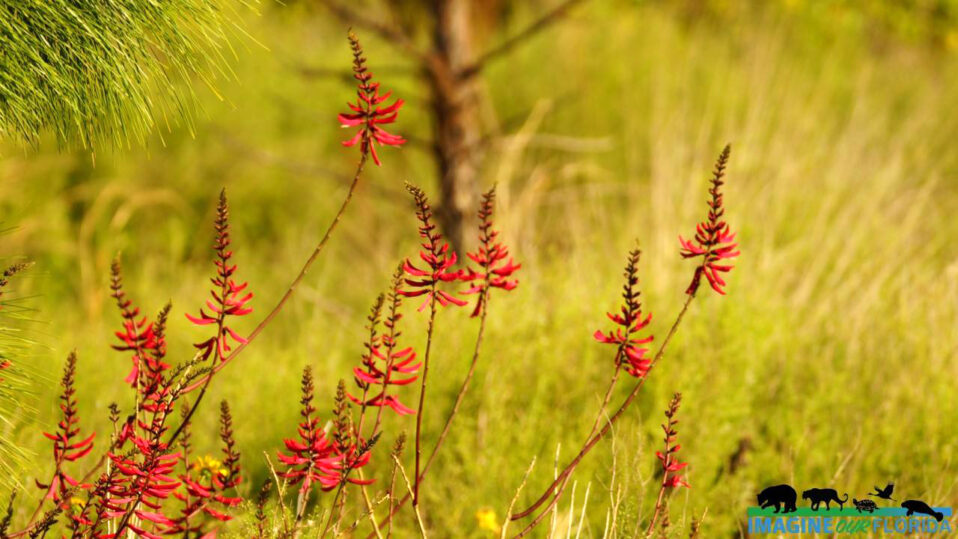
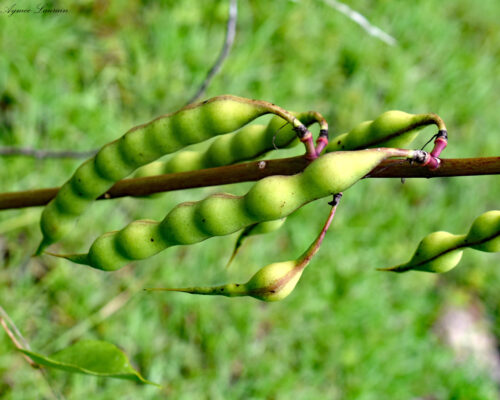
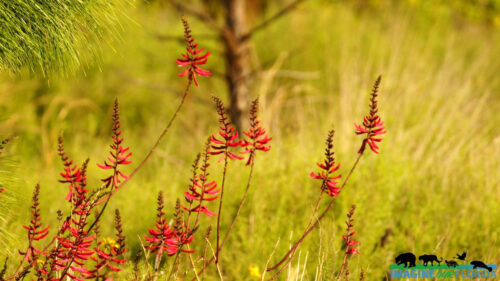
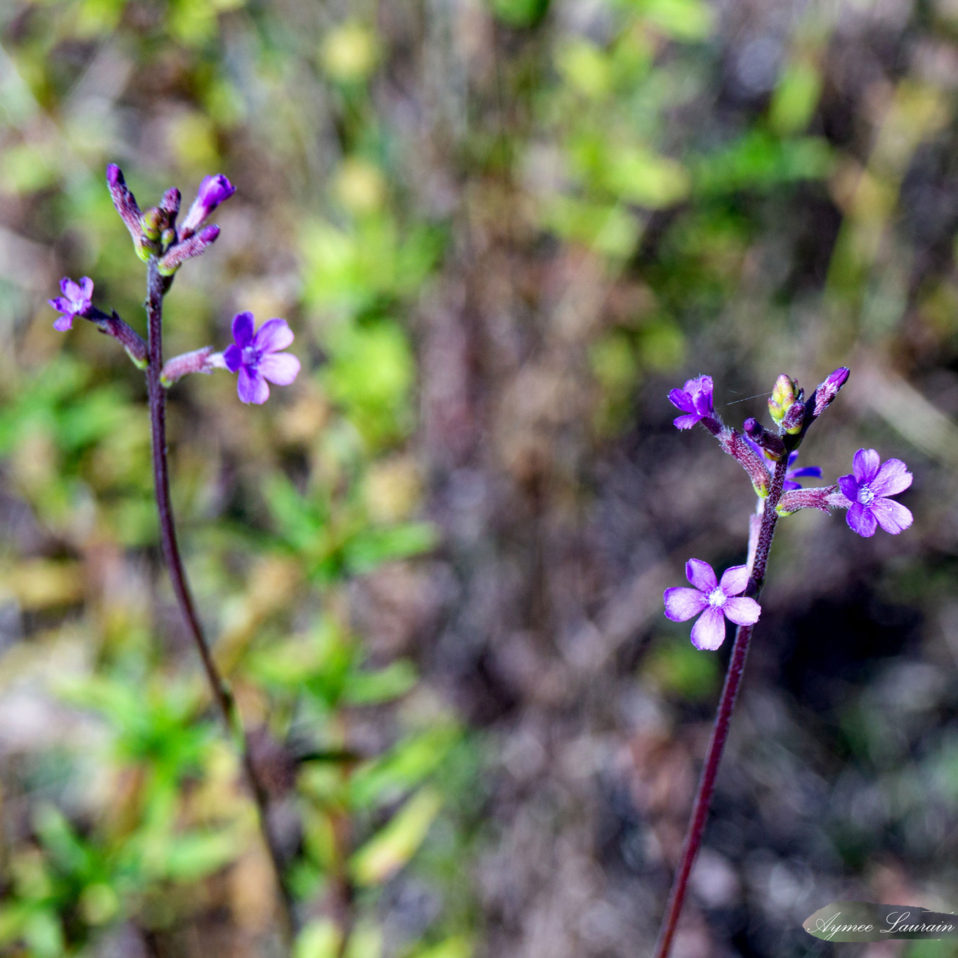
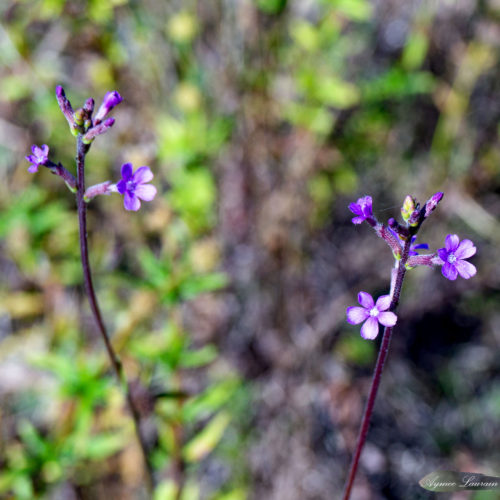
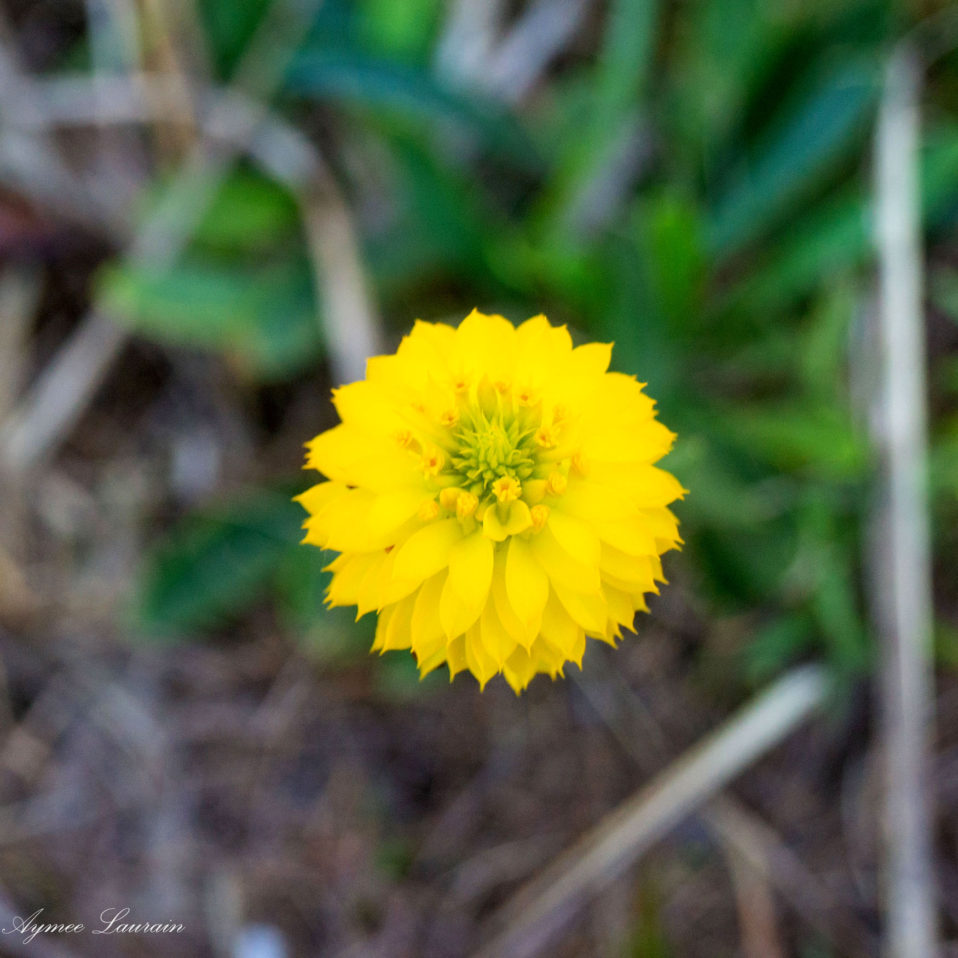
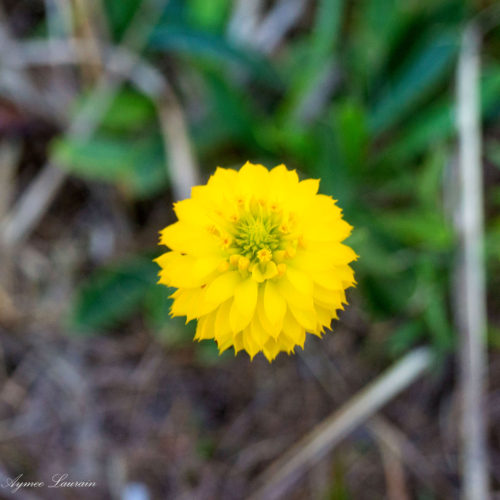
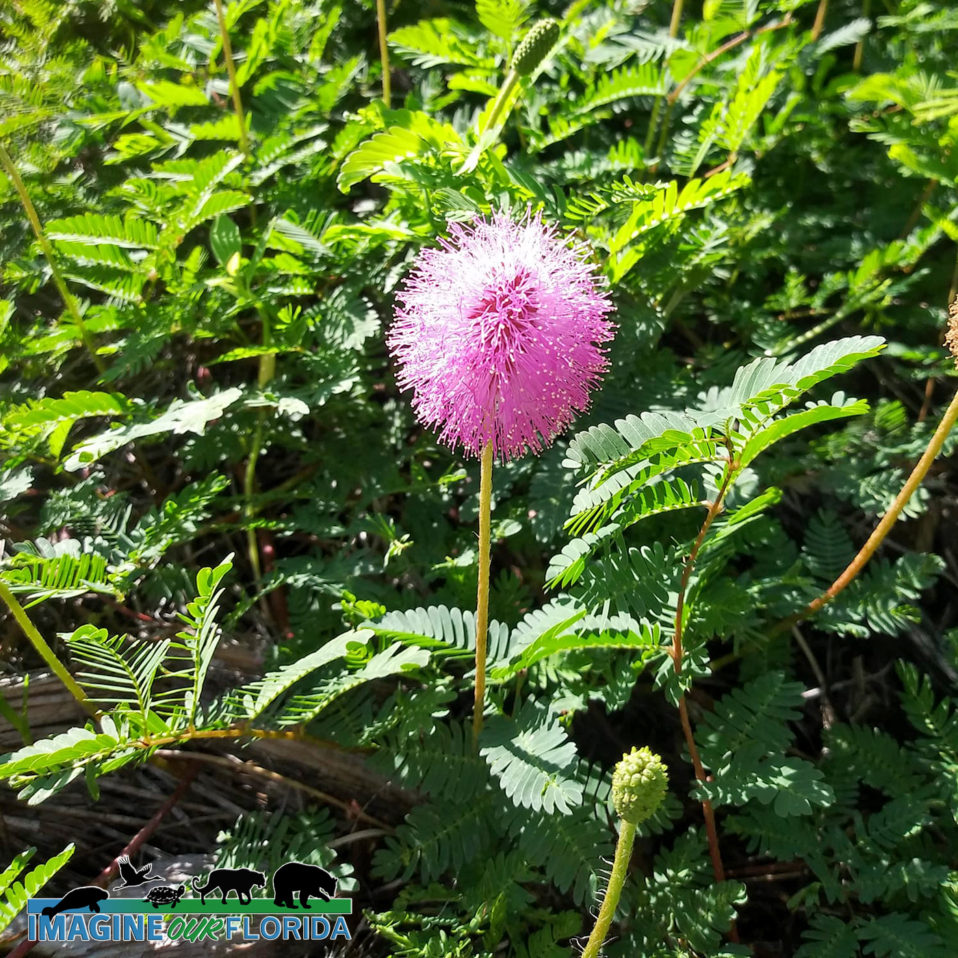
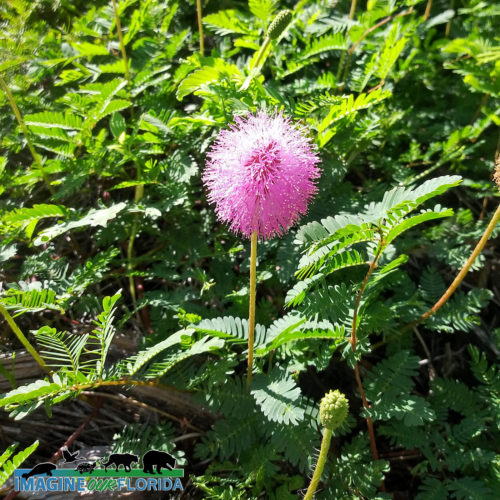
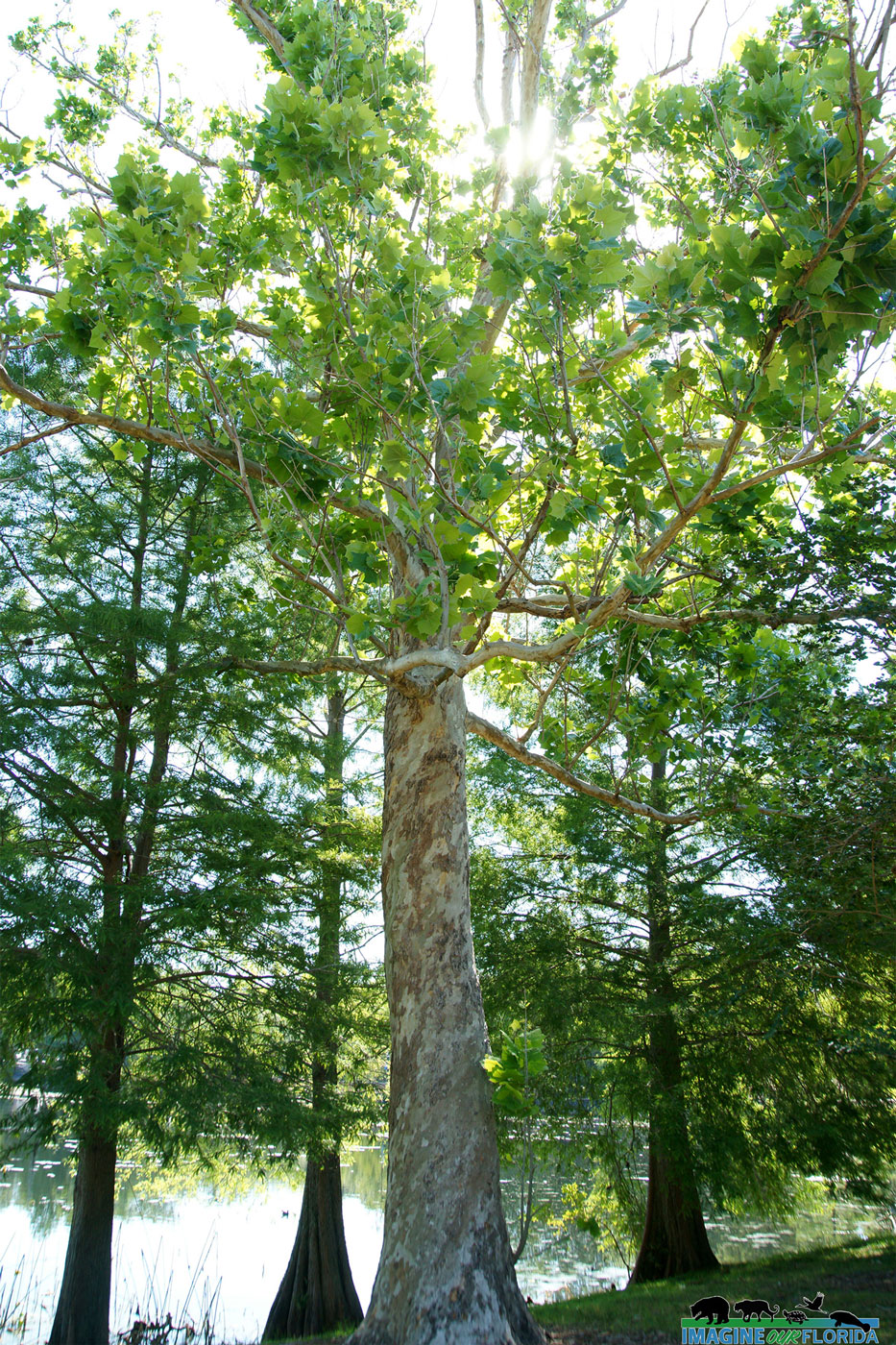
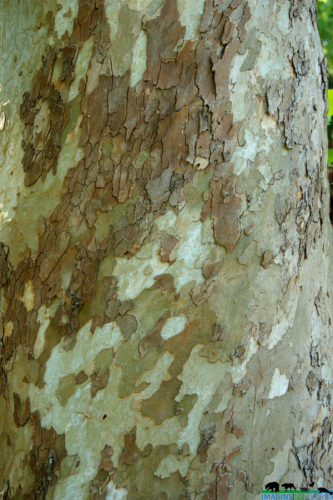
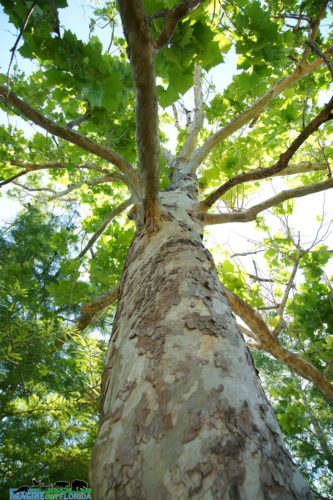
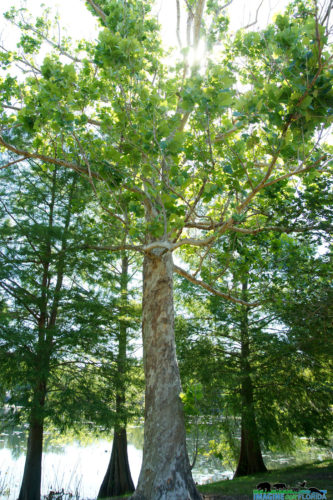
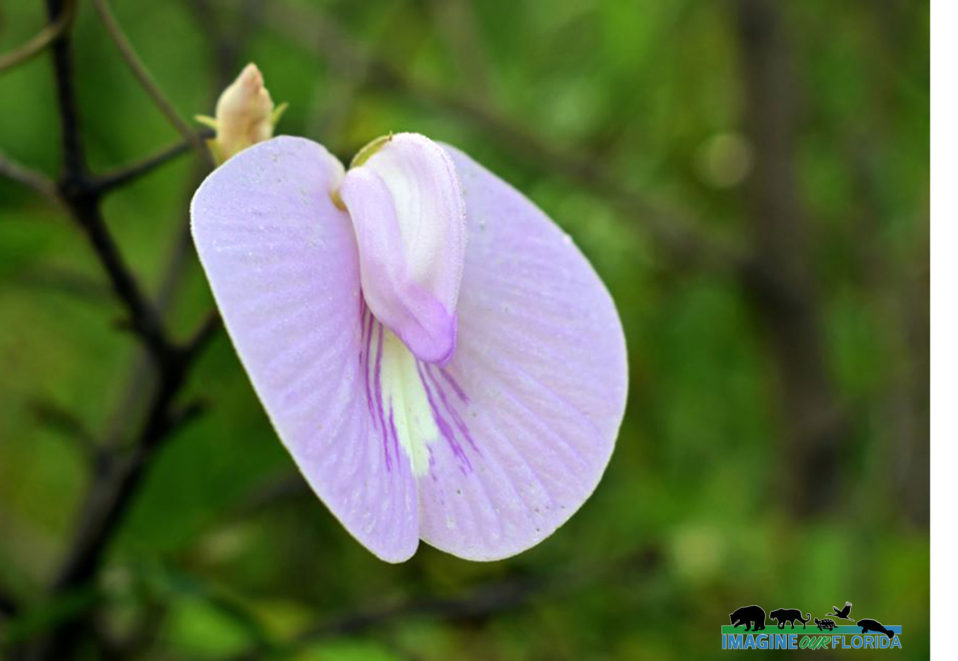
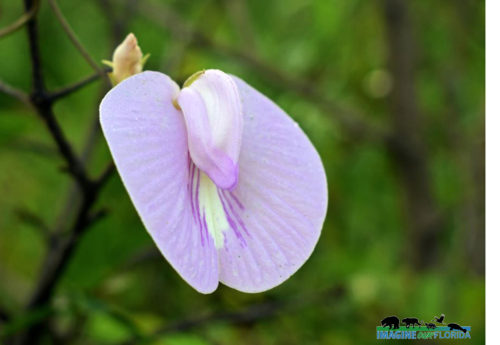
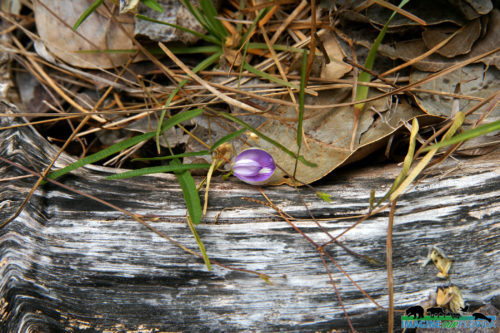
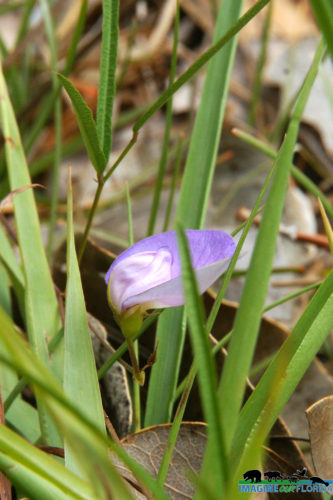
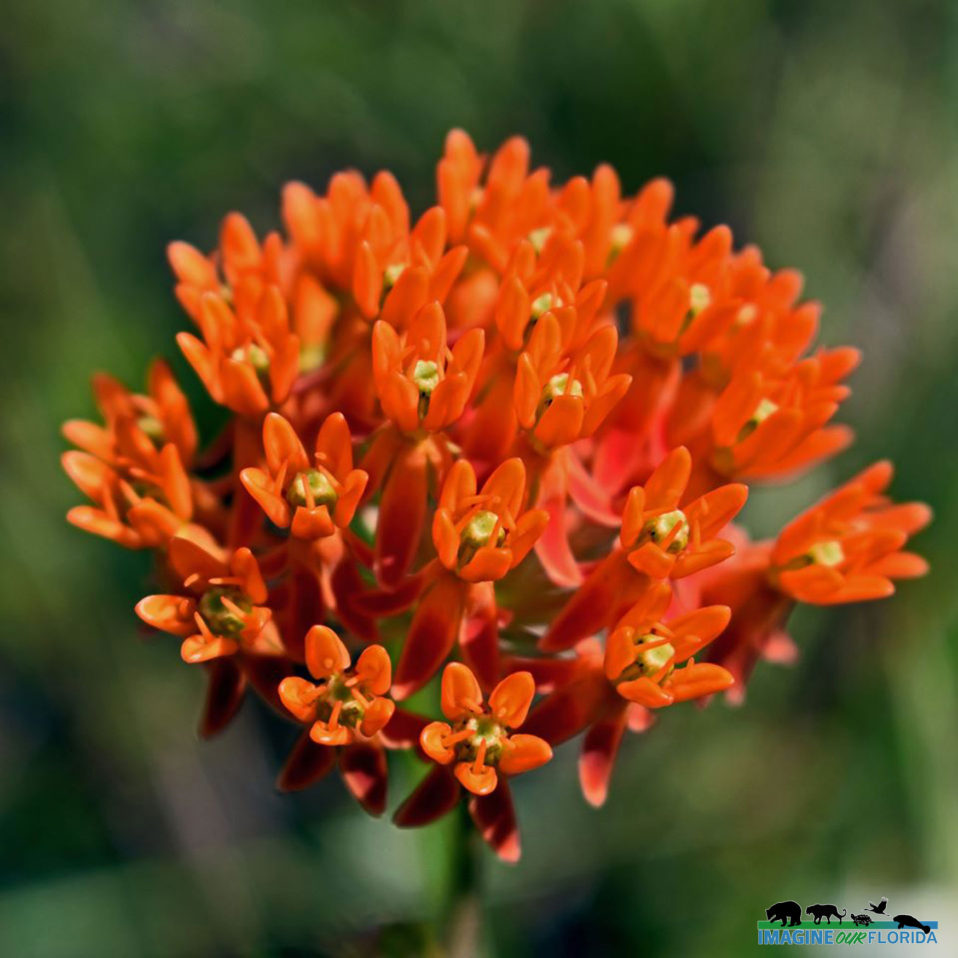
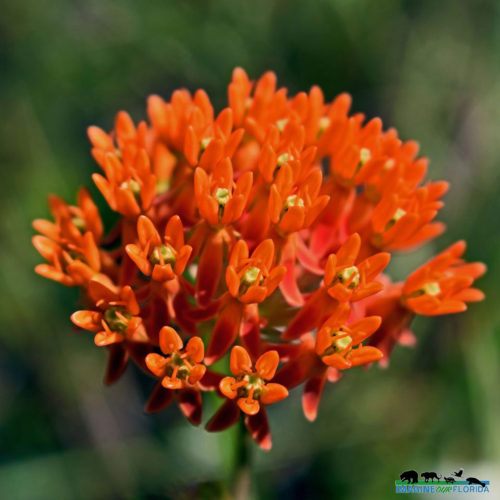
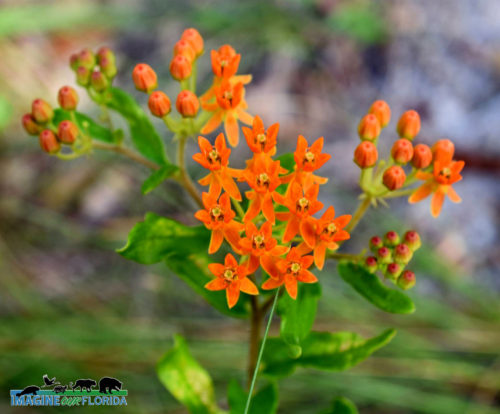
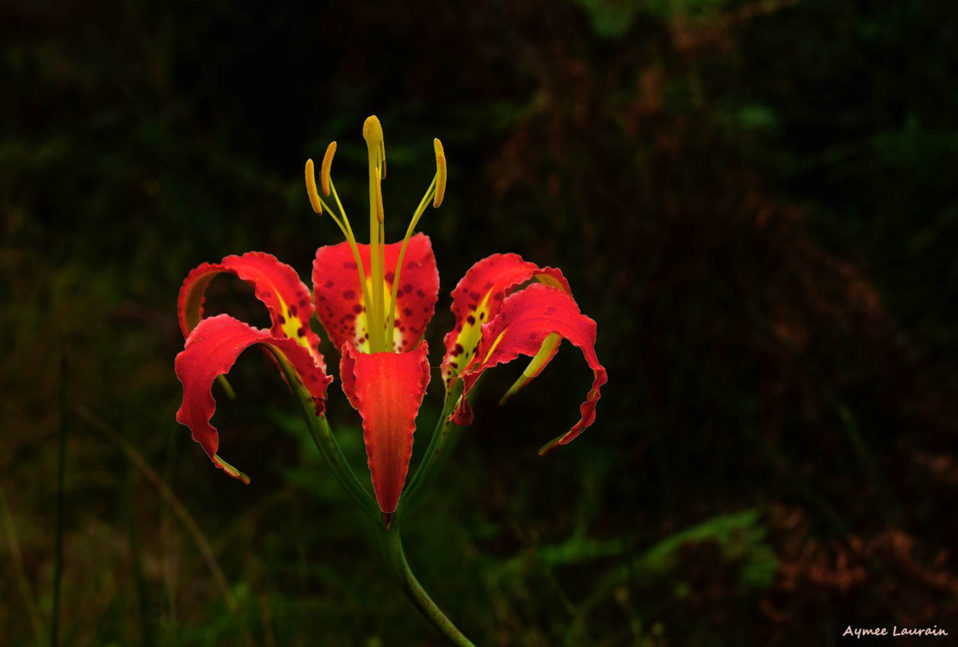
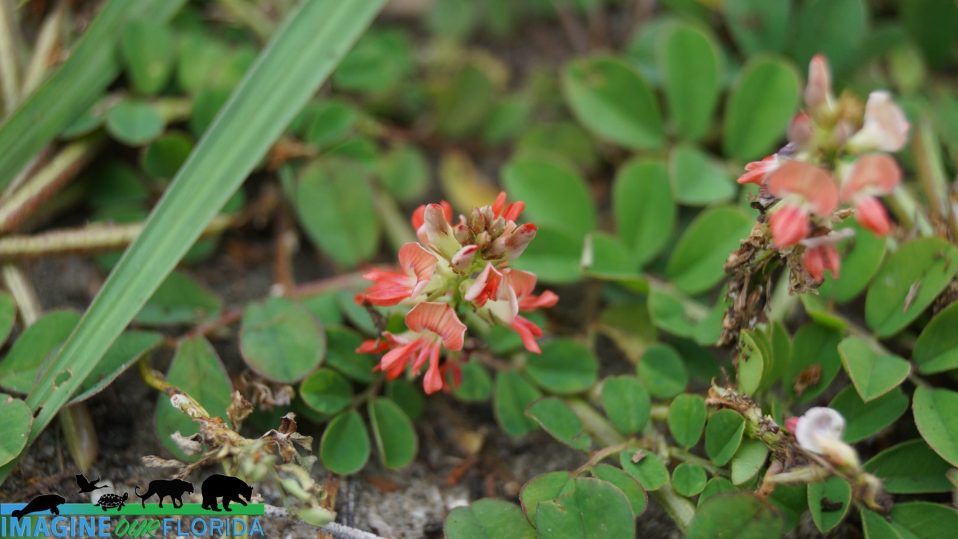
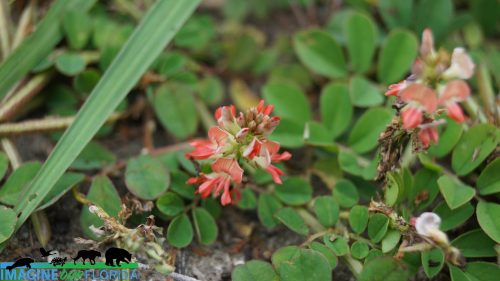
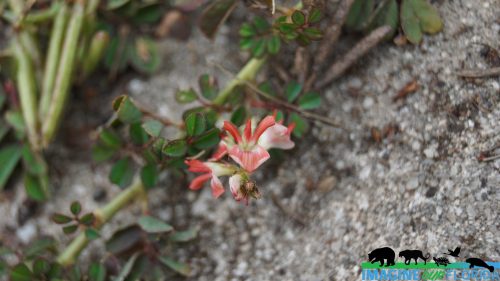
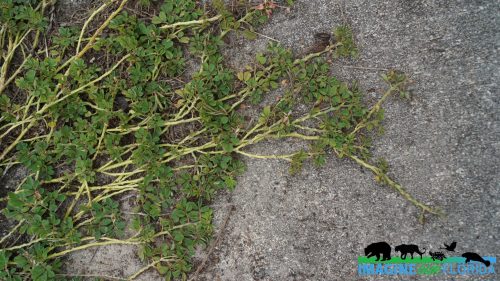
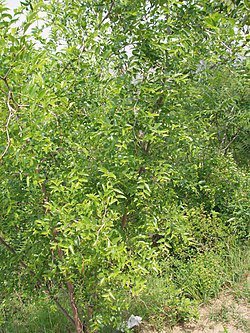

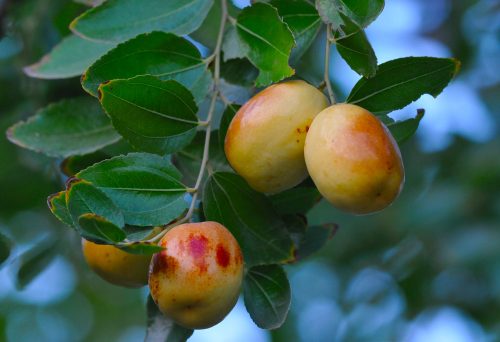
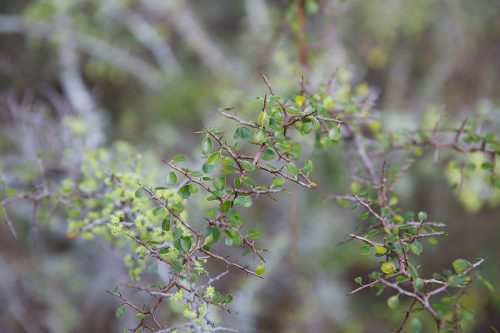
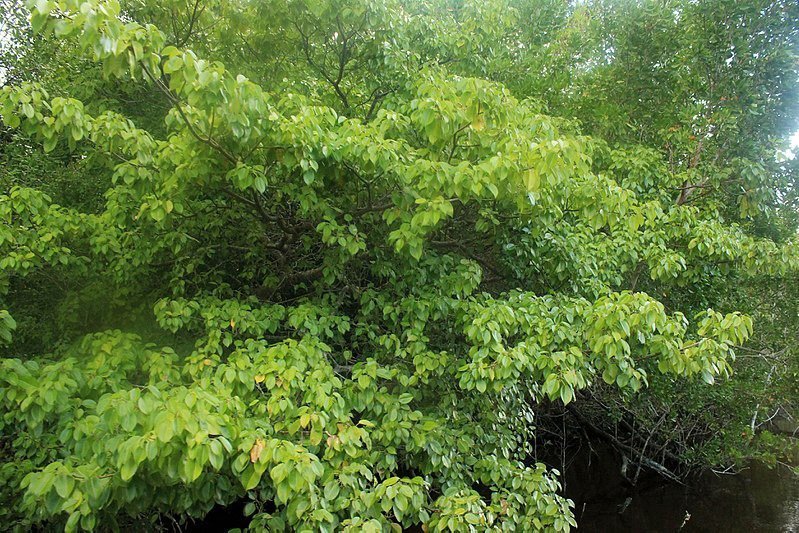
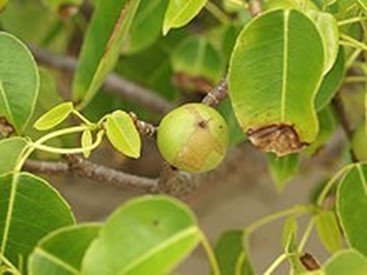

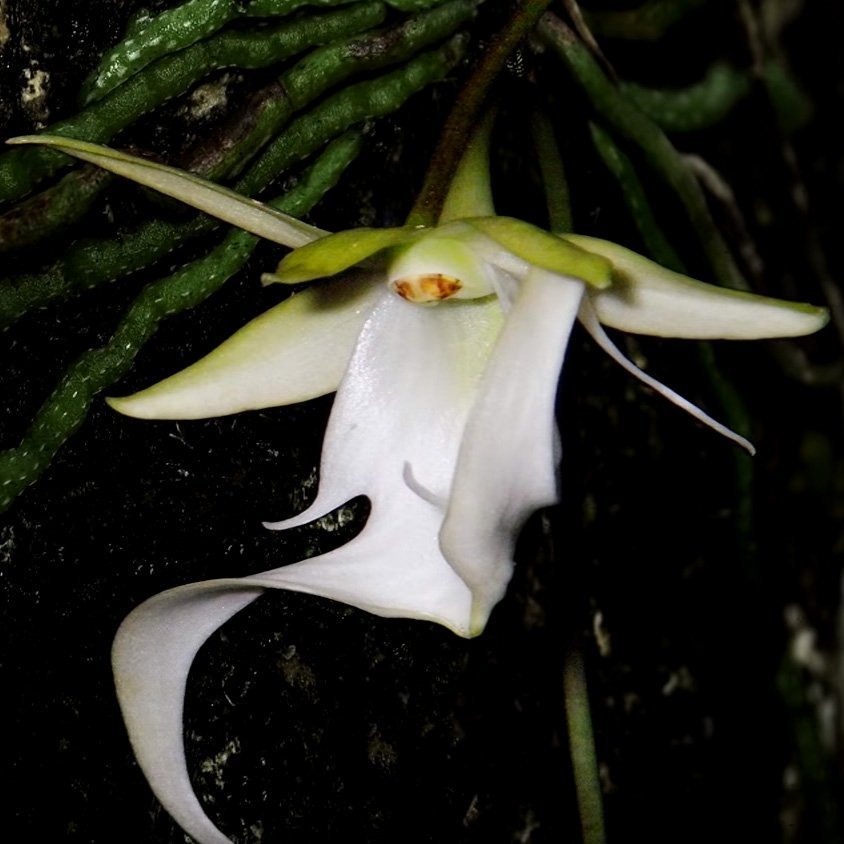
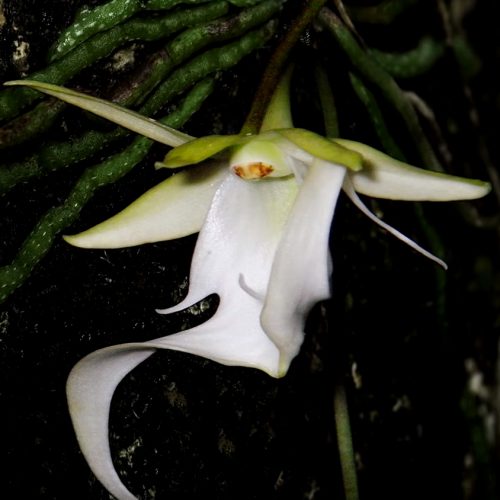
Recent Comments